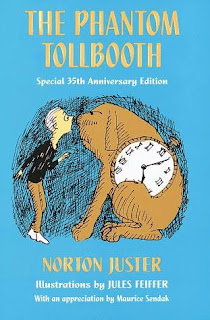Educating Alice:
http://medinger.wordpress.com/2009/03/18/that-yellow-brick-road/#comment-15927
Miss Rumphius Effect:
https://www.blogger.com/comment.g?blogID=7320080607016581524&postID=8846081526306046039&page=1&isPopup=true
Poetry for Children:
https://www.blogger.com/comment.g?blogID=31122236&postID=1590644885540247782&page=1
Miss Rumphius Effect:
https://www.blogger.com/comment.g?blogID=7320080607016581524&postID=8846081526306046039&page=1&isPopup=true
Poetry for Children:
https://www.blogger.com/comment.g?blogID=31122236&postID=1590644885540247782&page=1



















